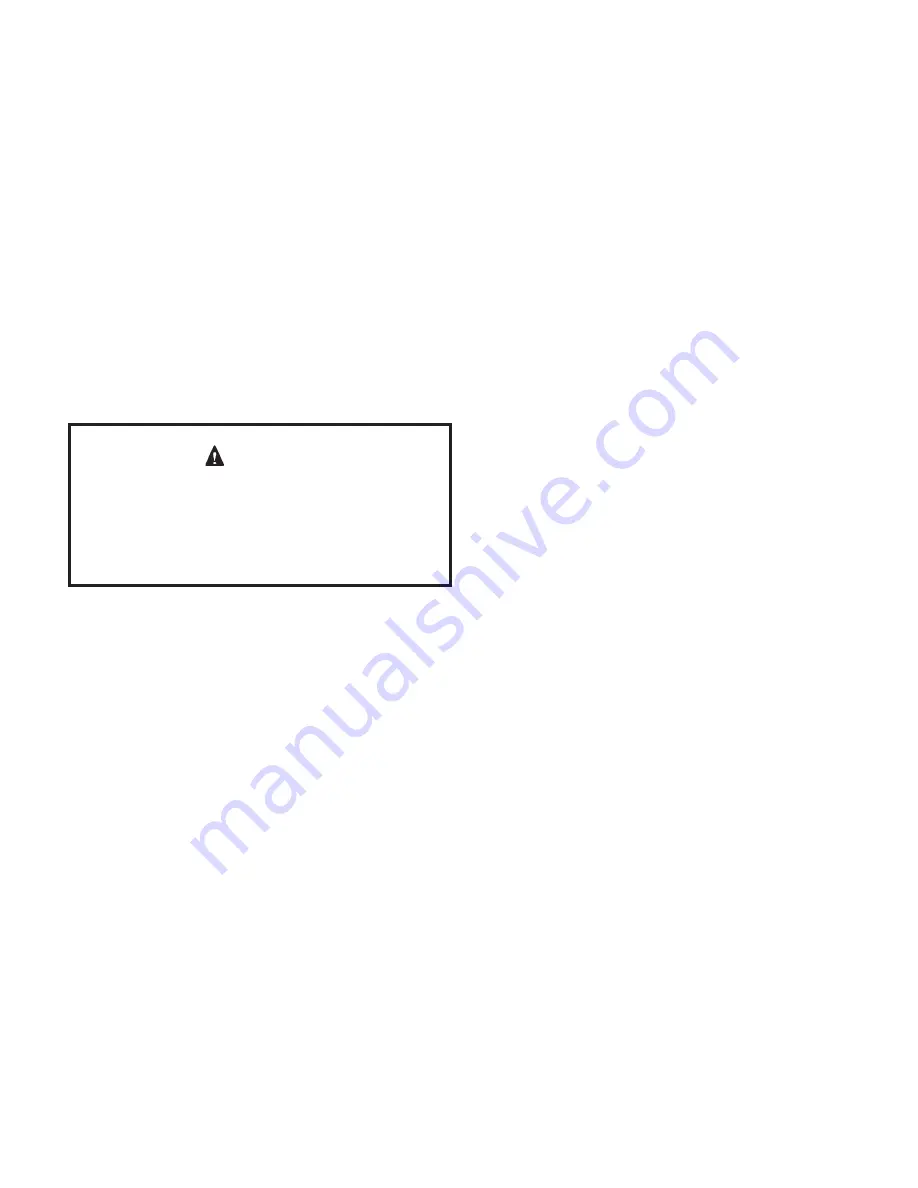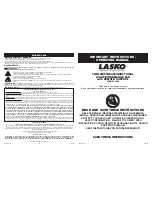
507640-05
Page 9 of 25
Issue 2245
Installation
These instructions must be saved for future reference.
These units are single package heat pumps with gas heat,
designed for outdoor installation on a rooftop or slab.
The units are completely assembled. All piping, refrigerant
charge, and electrical wiring are factory installed and
tested. The units require only electric power, gas piping,
condensate drain, and duct connections, plus installation
of the vent cover at the point of installation.
If components are to be added to a unit to meet local codes,
they are to be installed at the dealer’s and/or customer’s
expense.
The size of unit for the proposed installation should be
based on heat loss/heat gain calculation made according
to the methods of Air Conditioning Contractors of America
(ACCA).
In the State of Massachusetts:
This product must be installed by a licensed Plumber
or Gas Fitter. When flexible connectors are used, the
maximum length shall not exceed 36”. When lever-type
gas shutoffs are used, they shall be T-handle type.
WARNING
These installation instructions are intended as a
general guide only, for use by an experienced, qualified
contractor.
These units are certified by E.T.L. Testing Laboratories,
Inc.:
• For use as a forced air furnace with cooling unit.
• For outdoor installation only.
• For installation on combustible material.
• For use with natural gas or propane gas. (Conversion
kit required for propane gas application.)
These units are not suitable for use with conventional
venting systems.
Inspection
As soon as the unit is received, it should be inspected
for possible damage during transit. If damage is evident,
the extent of the damage should be noted on the carrier’s
freight bill. A separate request for inspection by the carrier’s
agent should be made in writing.
Use the following guidelines to select a suitable location
for these units.
1. Unit is designed for outdoor installation only. Unit must
be installed so all electrical components are protected
from water.
2. Condenser coils must have an unlimited supply of air.
3. For ground level installation, use a level prefabricated
pad or use a level concrete slab. Do not tie the
slab to the building foundation. The heat pump unit
foundation should be raised to a minimum of 3” above
finish grade. In areas which have prolonged periods
of temperature below freezing and snowfall, the heat
pump unit should be elevated above the average snow
line. Extra precaution should be taken to allow free
drainage of condensate from defrost cycles to prevent
ice accumulation. The unit should not be located near
walkways to prevent possible icing of surface from
defrost condensate.
4. Maintain level within a tolerance of 1/4” maximum
across the entire length or width of the unit.
5. Do not locate the unit where the combustion air supply
will be exposed to any of the following substances:
• Permanent wave solutions
• Chlorinated waxes and cleaners
• Chlorine-based swimming pool chemicals
• Water softening chemicals
• Deicing salts or chemicals
• Carbon tetrachloride
• Halogen-type refrigerants
• Cleaning solvents (such as perchloroethylene)
• Printing inks, paint removers, varnishes, etc.
• Cements and glues
• Antistatic fabric softeners for clothes dryers
• Masonry acid washing materials
• Chlorinated laundry products
• Hydrochloric acid
Use of Unit During Construction
Use of this unit as a construction heater or air conditioner is
not recommended during any phase of construction. Very
low return air temperatures, harmful vapors and operation
of the unit with clogged or misplaced filters will damage
the unit.
If this unit has been used for heating or cooling of buildings
or structures under construction, the following conditions
must be met or the warranty will be void:
• A room thermostat must control the unit. The use of
fixed jumpers that will provide continuous heating or
cooling is not allowed.
•
A pre-filter must be installed at the entry to the return
air duct.
• The return air duct must be provided and sealed to
the unit.
• Return air temperature range between 55°F (13°C)
and 80°F (27°C) must be maintained.










































